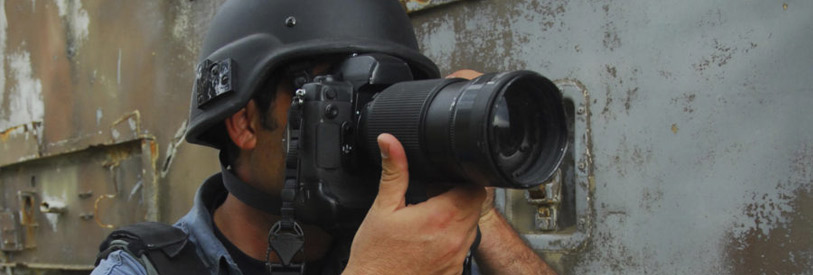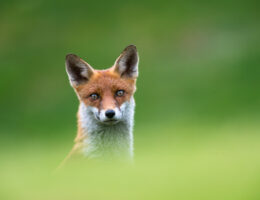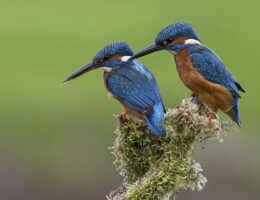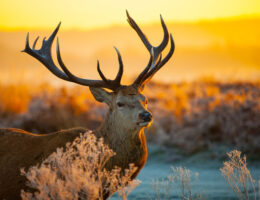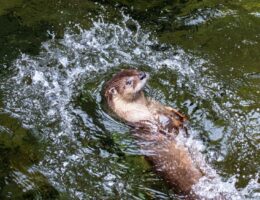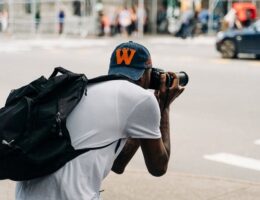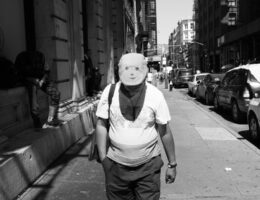IRAN ART EXHIBITION: AS A PHOTOJOURNALIST, YOU SHOULD ALWAYS BE PREPARED
Why is photojournalism such an important part of the media?
Photojournalism can be incredibly powerful. Time and again, photojournalists are the ones who define how people understand major events. Whether you know his name or not, when you think of the American Civil War, you think of Matthew Brady’s images of battlefields, and Dorothea Lange’s photo Migrant Mother is the iconic image of the Great Depression. War photographers like Robert Capa witnessed some of the worst conflicts of the 20th century, and when you imagine the end of World War II, the first image that comes to mind is often Alfred Eisenstaedt’s image V-J Day in Times Square.
Photojournalism is more diverse than that. It’s going to city council meetings week after week, snapping pictures of a community’s new construction project, photographing farmers markets, and checking out a protest with a camera in hand. It’s a rewarding and challenging field. Use these tips to survive and thrive in photojournalism, whether you’re a freelancer submitting to Reuters or on staff for the Washington Post.
Thinking and acting like a photojournalist.
Professional photojournalists act differently than other people. When there’s an emergency, they run toward it, camera in hand. When everyone is talking at a public meeting, they’re silent. During a conflict, they’re off to one side documenting. “It helps to be the kind of person who doesn’t feel the need to take up a lot of space,” says photojournalist Beth Nakamura. “I like to observe and not make a fuss about myself.”
IRAN ART EXHIBITION: “Reporters are supposed to let everybody know that they’re in the room, be verbal, and interview people,” says Kathleen Marie, who’s worked as a photojournalist and art director for the Willamette Week and Portland Mercury. “A photojournalist moves in the background. They don’t want people to know they’re in the room.”
Decentering yourself and becoming the quietest voice in the room is key to delivering good work. “Stories are about other people, about amplifying others’ voices,” says Nakamura. “That’s a rewarding thing to do. That’s what drives you. Sit back and not be at the center of it.”
Being silent, being an observer, and letting others act while they document is what gives photojournalists their power. “Your introversion, willingness to listen, and instinct to make space for subjects are actually key qualities,” says Nakamura. “So much of what I do is listen, and witnessing is a form of listening. We love to observe. Use those features of your natural temperament to your advantage.”
Getting into photojournalism.
Photojournalism and documentary photography are ways of making a career out of observation. To do that, aspiring photojournalists need to know what drives and motivates them. “First and foremost, be yourself in the work,” says Nakamura. “Get to know yourself and what your values are, the things that concern you in the world and follow those impulses. Be your own, authentic voice and stay that course.”
IRAN ART EXHIBITION: The journalism industry is in flux. Publication models and revenue streams for news outlets of all sizes are constantly changing, and it’s affecting everyone from the New York Times down to local newspapers. “We are at a time when things are happening at hyper speed,” says Nakamura. “So always be open to change.”
New photojournalists need to be aware of new ideas, new business models, and new technology. Traditional publications like Harper’s Weekly have moved online and must consider how their content performs on social media on a daily — or even hourly — basis. Digital camera and photo technology is changing all the time. The way publications pay and employ staff changes. Editors and publishers are always figuring out how to stay ahead of the curve, and photojournalists need to, as well. “When there’s a new idea or a new app coming at you,” says Nakamura, “figure it out.”
Tips for capturing great photojournalism.
Whether you’re a freelance journalist or a staff photographer, always have a camera on you.
You never know when news will happen, when an editor will send you out, or when you’ll have to spring into action. Be ready to cover events and happenings outside your comfort zone. Even if you normally cover community events, don’t let that stop you from covering politics.
For someone with editorial authority over images, any picture is better than none. High-quality photos are ideal, but publications can never know in advance what will resonate. “Just document it so that I know what you got into,” says Marie. “No matter what your tech is, get in there. Get that photo taken. I don’t care if it’s a screenshot from a livestream, we need that documentation.”
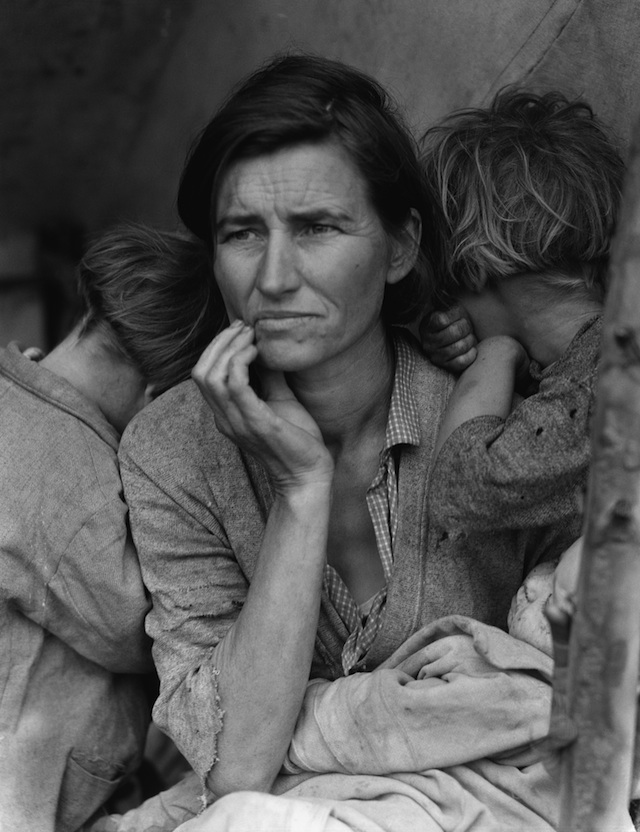
Stay organized.
Keep track of when you took your photos, and label them accordingly. “Do everything by date,” says Marie. “Do everything by year, by month, by day — everything. Metadata is also super important, and make sure your photos aren’t named something like ‘screenshot.’” Adobe Photoshop Lightroom can be a great tool when it comes to organizing and sorting through thousands of photos.
Marie, like a lot of editors and directors who work with images, has specific rules for how submissions are formatted and named. Good photojournalists know the conventions that their publications and editors adhere to and follow them.
When that picture does run, it will be in a whole new context.
Your work will appear beside news stories or other content. “When a photographer decides which photos they’re going to share, they’re ultimately giving someone else editorial access to their images,” says Marie. That includes publishing images alongside someone else’s copy.
IRAN ART EXHIBITION: Even with amazing photos, the real power of an image won’t be apparent until it runs in an article or as a photo essay. “Being a photojournalist isn’t about taking all the right photos,” says Marie, “but being able to look back and find photos that create stories.”
Know your limits and know your rights.
Photojournalists are not spies. Be respectful. “Always ask for permission, not for forgiveness. Access is so important for photojournalists,” says Marie. She has had to deal with photographers who were kicked out of venues or situations they did not have permission to be in. “I think that’s bad for photojournalism as a whole,” she says. “If you can’t have permission, stay at a safe distance and know your legal rights.”
IRAN ART EXHIBITION: Photojournalism is documentation, and that’s something you can do anytime, even if it’s your first time. No matter who you are or what type of gear you have, there’s a world out there right now for you to observe, whether it’s on a small town’s rural roads or a city’s bustling streets.
